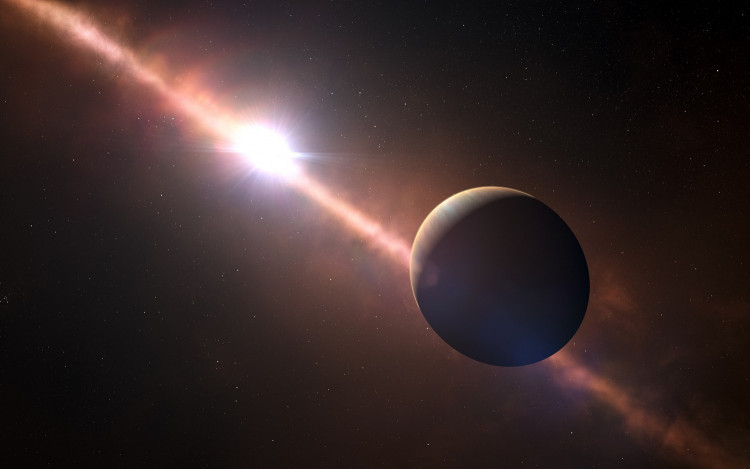NASA's planet-hunting mission is in safe mode following a computer glitch on Monday.
NASA's Transiting Exoplanet Survey Satellite (TESS) mission launched in 2018 to search for exoplanets in the sky. TESS was meant to run for two years but has continued to collect data, detecting over 250 verified exoplanets and thousands of candidate worlds.
However, the spacecraft abruptly entered safe mode on Monday, suspending observations, according to a NASA statement. TESS personnel have determined that the shift to safe mode was caused by a reset of the spacecraft's flight computer in the days since.
According to NASA, the spacecraft is stable, and the science observations that haven't yet been transmitted to Earth seem secure as well. (TESS submits its data when it is closest to Earth and orbits the planet on an especially eccentric course.)
While the team is striving to get TESS back to regular operation, NASA officials wrote that the procedure could take several days.
"Recovery procedures and investigations are underway to resume normal operations, which could take several days," NASA said.
TESS operates by looking at stars and detecting a dip in light that indicates a planet is passing in front of a star. According to NASA, the spacecraft appears to have safely stored science data that has not yet been communicated to Earth.
Spacecraft malfunctions are nothing new to NASA. The Hubble Space Telescope, for example, has survived and thrived despite several technical snafus over the years. TESS will very likely get over this problem without incident.
TESS takes on a new region of sky each month, peering at a slew of stars and measuring their brightness. Tiny rhythmic dimming could indicate the passage of a planet orbiting the star via TESS' field of vision.
TESS is made to find exoplanets by searching for minute, rhythmic dips in a star's brightness that are brought on by a planet passing in front of the telescope and obstructing a tiny fraction of the star's light. There are other things besides planets that might produce brightness changes like this, thus TESS has accumulated a wealth of data on everything from triple star systems to supernovas (exploding stars).
TESS was started in April 2018, and since then, thousands of new candidates and more than 250 exoplanets have been found.
NASA promises to provide more updates as soon as they are available.
TESS has contributed to a number of remarkable discoveries.


